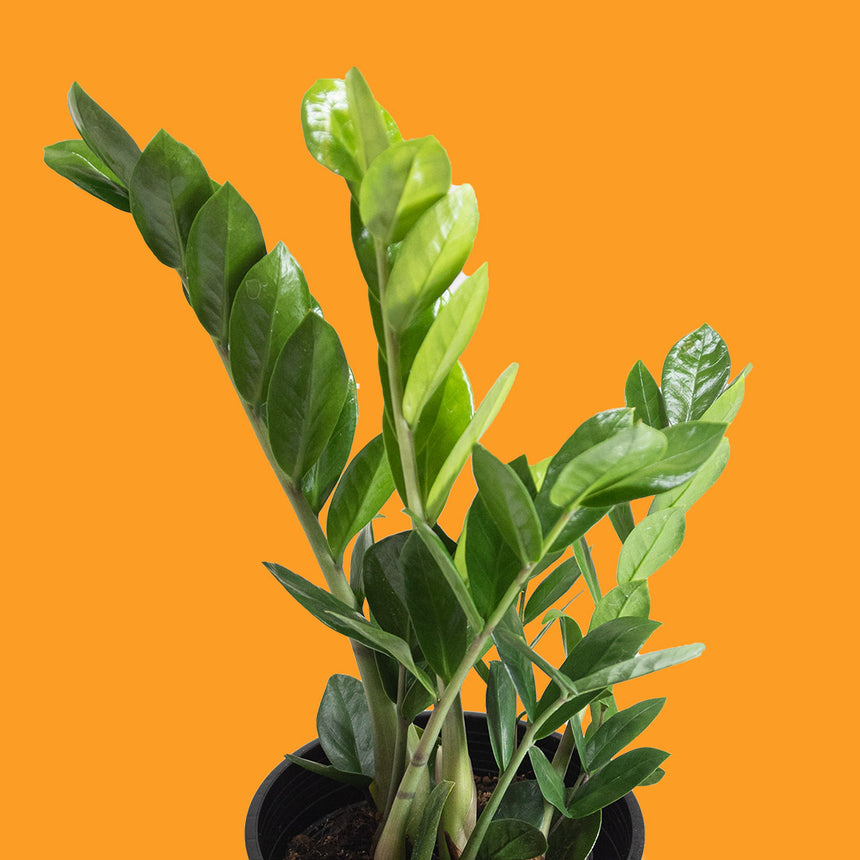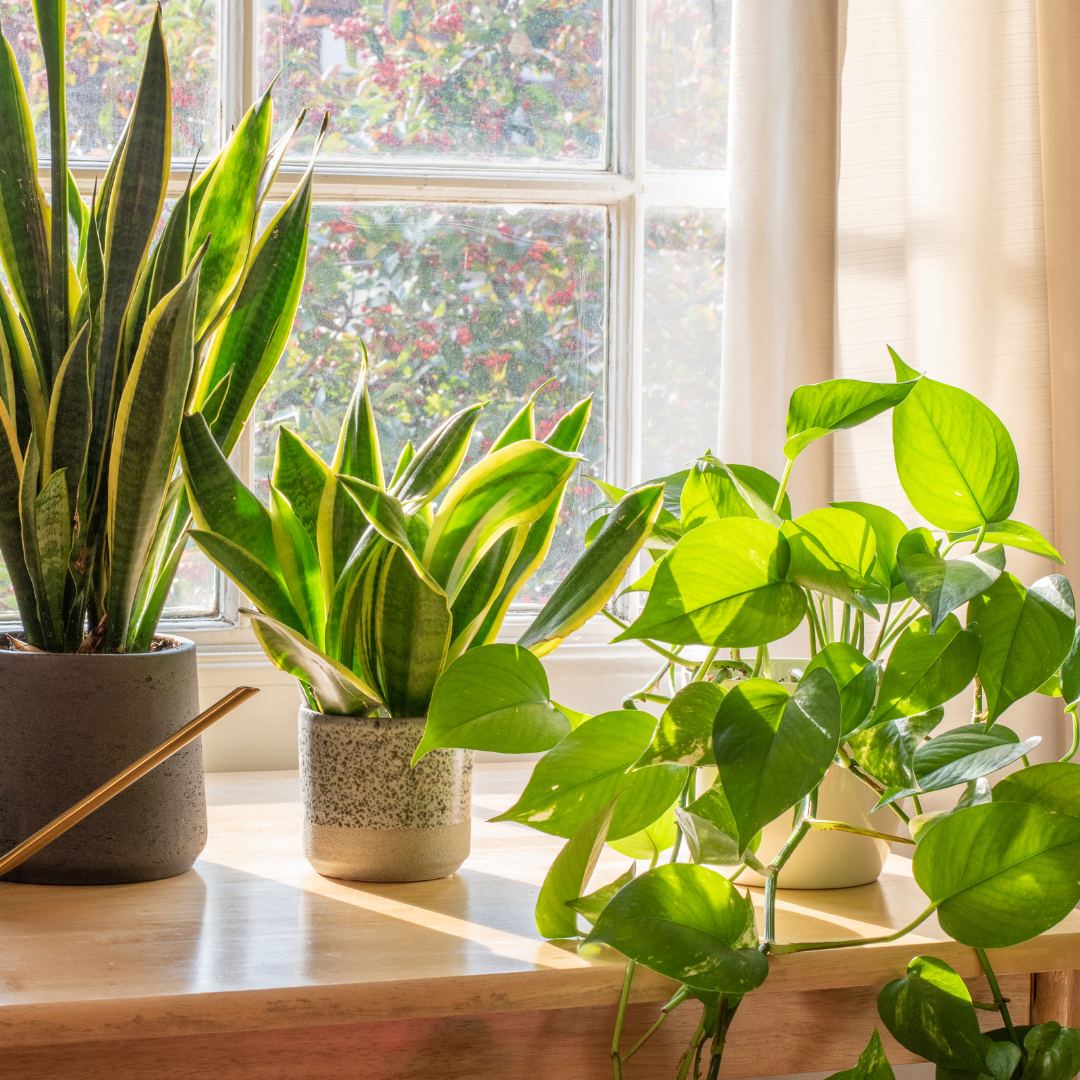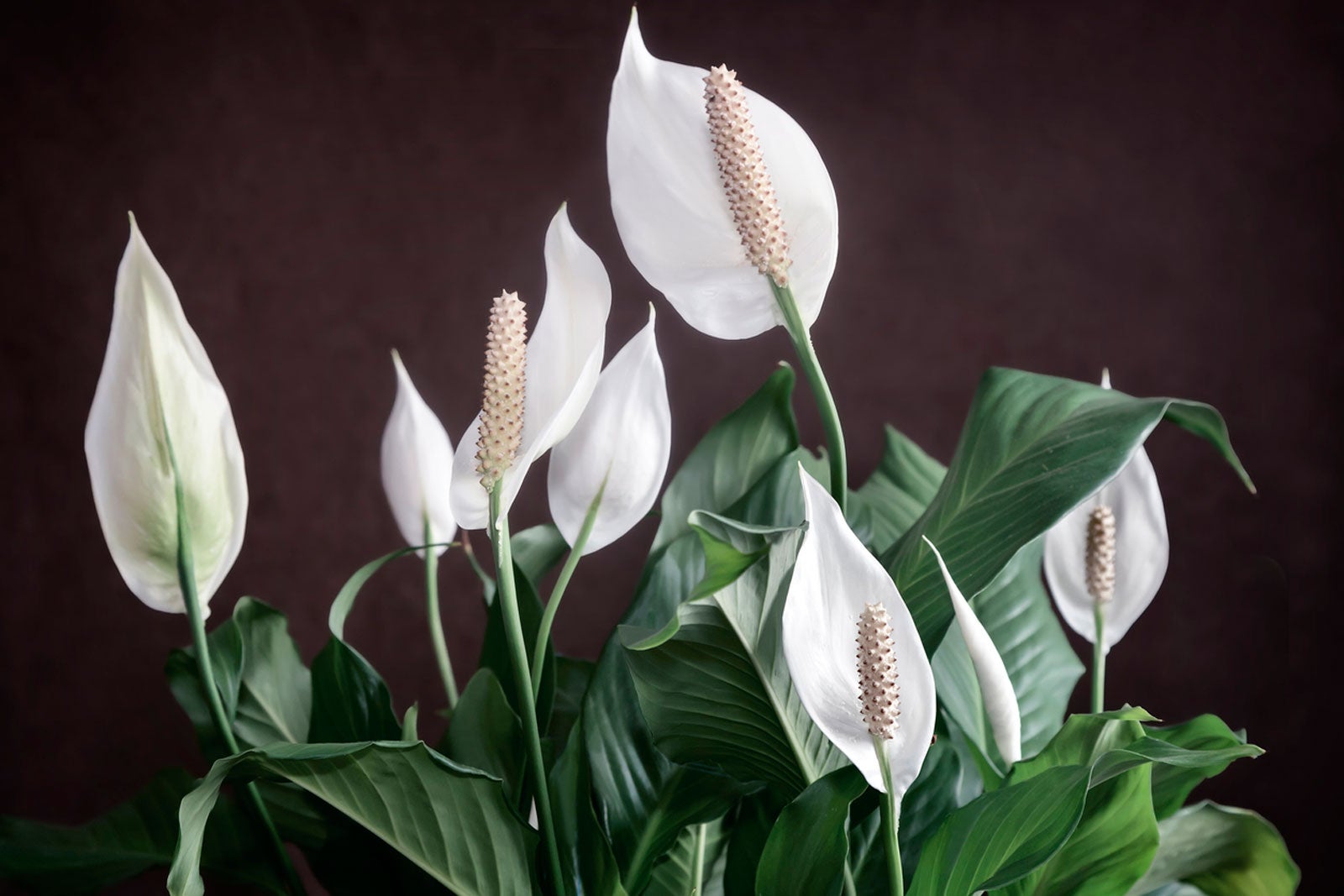Discover the Tricks of Low-Light Indoor Plants and Exactly How They Improve Your Environment
Low-light indoor plants have gathered increasing focus for their unique capability to enhance both visual appeal and ecological quality within homes and offices. These resistant types, including the Serpent Plant and Tranquility Lily, not just thrive in difficult lighting problems but additionally play a crucial role in air purification and psychological wellness.
Advantages of Low-Light Indoor Plants
Although many individuals presume that interior plants require plentiful sunlight to prosper, low-light indoor plants provide a plethora of benefits that make them excellent for numerous atmospheres. Among the main benefits is their adaptability; they can thrive precede with minimal natural light, such as workplaces, cellars, or spaces with little home windows. This function enables individuals to boost their environments with greenery, adding to boosted aesthetics without the need for considerable lights alterations.
In addition, low-light interior plants can dramatically enhance interior air top quality by launching and filtering damaging toxic substances oxygen, making living rooms healthier. The existence of plants has actually been linked to better sensations of peace and emphasis.
Moreover, low-light plants often require much less maintenance than their sun-loving equivalents, making them excellent for active people or those new to gardening. Their durability permits them to love minimal treatment, therefore giving a rewarding experience for plant lovers and beginners alike. In summary, low-light interior plants serve both functional and visual purposes, making them important additions to any kind of area.
Top Low-Light Plant Varieties
Low-light indoor plants been available in a selection of species, each offering special qualities and benefits fit for dark atmospheres. Among the most prominent selections is the Serpent Plant (Sansevieria), known for its air-purifying capacities and building leaves. This resistant plant grows on disregard and can tolerate a variety of light conditions.
One more superb option is the ZZ Plant (Zamioculcas zamiifolia), which features shiny, dark green leaves and is extremely drought-tolerant. Its adaptability makes it a preferred for offices and homes with restricted sunshine.
The Pothos (Epipremnum aureum) is likewise a top contender, with its routing vines and heart-shaped leaves - Best low-light indoor plants. This versatile plant can be educated to climb or cascade, adding aesthetic rate of interest to any type of room

Treatment Tips for Low-Light Plants
Looking after low-light indoor plants requires a nuanced understanding of their specific requirements to make sure optimal growth and vigor. Initially, it is vital to choose the right potting mix, as a well-draining dirt is vital to stop root rot. A mix designed for houseplants, often having peat moss and perlite, works well for the majority of low-light ranges.
Watering is another crucial aspect of treatment. Low-light plants typically require much less constant watering compared to their sun-loving equivalents. It is advisable to great post to read check the leading inch of soil; if it feels completely dry, it's time to water. Overwatering can result in complications such as mold and mildew and origin decay.
Fertilizing should be approached with care. Throughout the expanding season, a watered down liquid fertilizer can be used monthly, yet in winter months, numerous low-light plants get in inactivity and need little to no fertilization.
Finally, it is necessary to periodically clean the leaves to eliminate dirt, permitting much better light absorption. By adhering to these treatment pointers, you can cultivate a thriving atmosphere for your low-light interior plants, enhancing both their look and durability.
Enhancing Air Quality With Plants
Indoor plants play a substantial function in boosting air high quality within homes and workplace. Via the procedure of photosynthesis, these plants absorb co2 and launch oxygen, contributing to a much healthier environment. In addition, certain low-light indoor plants have the capability to filter harmful toxins, such as formaldehyde, trichloroethylene, and benzene, which are typically found in interior settings.

Furthermore, the visibility of indoor plants can raise humidity degrees, which helps alleviate dry skin and respiratory system problems, further boosting overall health. This capacity to improve air quality not only promotes physical health but additionally sustains mental wellness.
Incorporating low-light indoor plants right into your living and functioning areas can lead to a much more stimulating and vivid environment (Best low-light indoor plants). Spending in these all-natural air cleansers is a straightforward yet reliable method for improving indoor air high quality and promoting a healthier way of living
Creating a Tranquil Indoor Area
The assimilation of plants right into living areas not only improves air quality but additionally adds to a peaceful environment. Low-light interior plants, such as snake plants and pothos, are specifically efficient in producing a calm environment, as they flourish in problems that might or else be inhospitable for various other greenery. Their lavish vegetation gives a relaxing visual, lowering stress and promoting relaxation.
Incorporating these plants right into your home or workplace can evoke a sense of tranquility and wellness. Tactically positioning them in locations where you spend substantial time, such as living workspaces or rooms, enables an immersive experience with nature, which Get the facts has been shown to improve state of mind and cognitive function.
Additionally, the mild movement of leaves in reaction to air movement can create a dynamic aesthetic aspect that boosts the overall setting. Take into consideration utilizing a selection of plant heights and structures to include deepness and rate click to read of interest to your area. With thoughtful positioning and care, low-light indoor plants can change any kind of area right into a calm shelter, cultivating not just visual fulfillment but mental and likewise emotional health.

Final Thought
Integrating low-light indoor plants right into different environments returns substantial benefits, including enhanced air high quality and improved visual appeal. The transformative power of low-light plants highlights their worth in enhancing both property and work-related settings.
Although several people presume that interior plants require plentiful sunlight to flourish, low-light indoor plants provide a plethora of benefits that make them ideal for numerous environments.In addition, low-light interior plants can significantly improve interior air top quality by releasing and filtering system damaging toxic substances oxygen, making living rooms healthier. Furthermore, specific low-light interior plants possess the capacity to filter hazardous pollutants, such as trichloroethylene, formaldehyde, and benzene, which are generally discovered in indoor environments.
Low-light interior plants, such as snake plants and pothos, are specifically effective in creating a calm environment, as they grow in conditions that may or else be unwelcoming for other greenery.Incorporating low-light indoor plants right into various settings returns substantial advantages, including boosted air high quality and enhanced visual allure.
Comments on “The Best Low-Light Indoor Plants for Beginners and Busy Plant Owners”